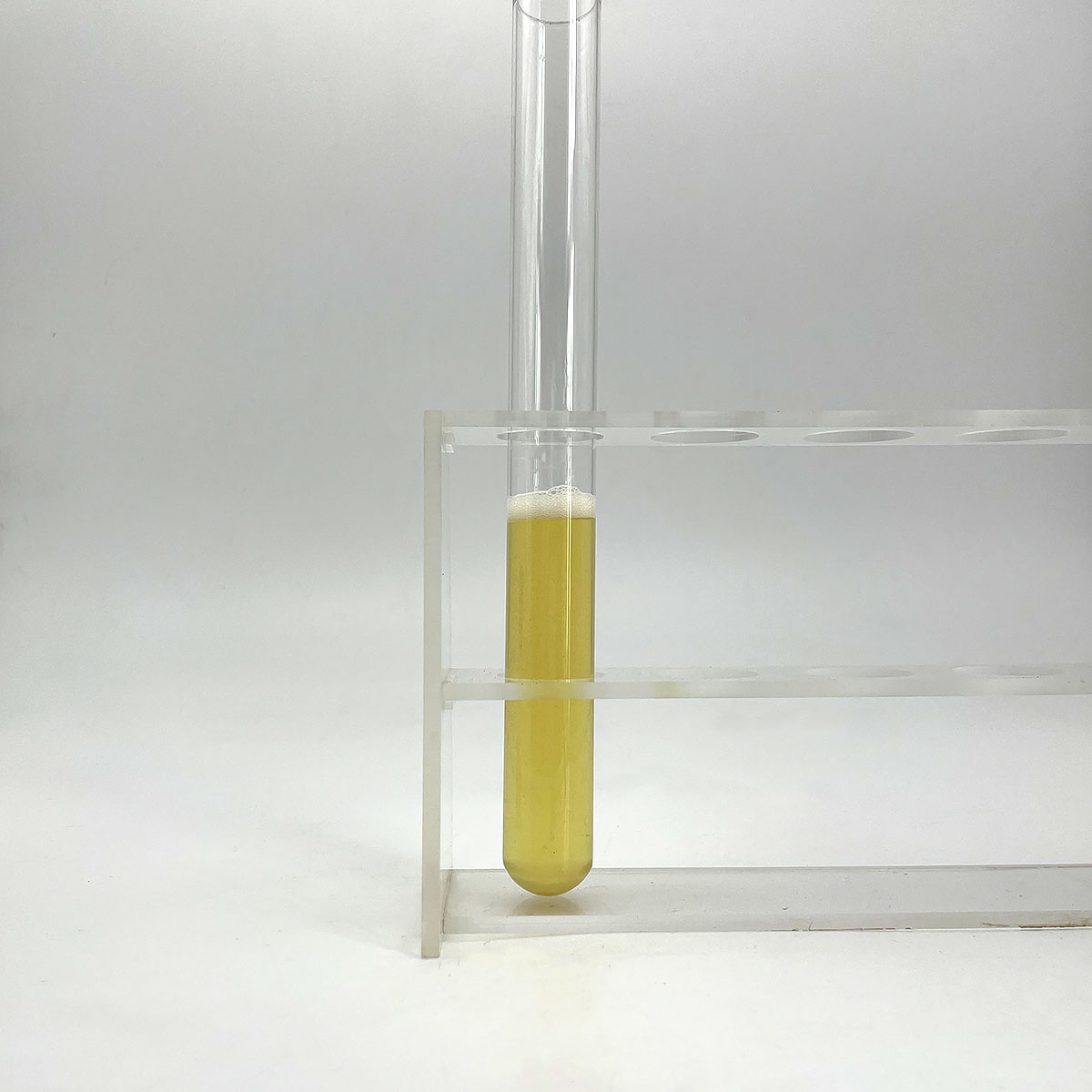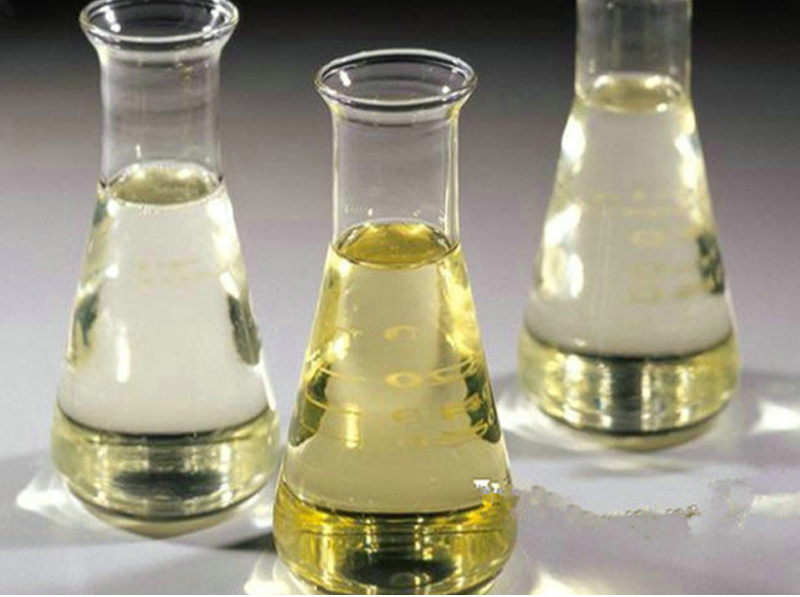The Tiny Architects of Breath: Which Cells Craft Surfactant?
(What Cells Produce Surfactant)
Breathing feels effortless. You don’t think about it. But behind this simple act lies a hidden hero—a soapy substance called surfactant. Without it, every breath would feel like sucking a thick milkshake through a straw. So who makes this life-saving material? Let’s zoom into the microscopic world of your lungs to meet the unsung heroes: type II alveolar cells.
Your lungs are packed with millions of tiny air sacs called alveoli. Picture them as tiny balloons. When you inhale, these balloons fill with air. When you exhale, they deflate. Now imagine blowing up a balloon coated in sticky syrup. It would take effort to inflate and might even collapse. Surfactant acts like dish soap on those balloons. It reduces surface tension, making it easier for alveoli to expand and stay open. No surfactant? The alveoli would stick together, forcing your body to work overtime just to breathe.
This is where type II alveolar cells come in. Nestled among the flat, thin type I cells that form the walls of the alveoli, these rounder, plumper cells have a big job. They’re like tiny factories pumping out surfactant. But what’s inside these cells? Let’s break it down.
Surfactant is a mix of fats and proteins. The main fat, called dipalmitoylphosphatidylcholine (try saying that three times fast), is a slippery molecule that does the heavy lifting. Proteins like SP-A, SP-B, and SP-C help spread the surfactant evenly across the alveolar surface. Type II cells work nonstop to make these ingredients. They package them into tiny storage units called lamellar bodies, which look like layered onions under a microscope. When the alveoli need a fresh coat of surfactant, the cells release these bodies. The lamellar bodies unravel, spreading their contents like butter on toast.
But why type II cells? Evolution is clever. Type I cells are too thin and busy with gas exchange to handle surfactant production. Type II cells, though fewer in number, are specialists. They’re also repair crews. If the delicate type I cells get damaged, type II cells can divide and transform into new type I cells, patching up the alveolar walls.
Surfactant isn’t just a nice-to-have. Babies born too early often struggle to breathe because their type II cells haven’t started making enough surfactant. This condition, called neonatal respiratory distress syndrome, was once a leading cause of death in premature infants. Today, doctors give synthetic surfactant to these babies, buying time for their type II cells to kick into gear.
The story doesn’t end there. Scientists study type II cells to tackle lung diseases. In conditions like pulmonary fibrosis, these cells get overworked or damaged, leading to scarred lungs. Understanding how they function—or malfunction—could unlock new treatments. Even COVID-19, which attacks the lungs, has put these cells in the spotlight. Researchers want to know how the virus affects surfactant production and whether supporting type II cells could help patients recover.
(What Cells Produce Surfactant)
Next time you take a breath, remember the tiny architects working behind the scenes. Type II alveolar cells might not get the glory, but without them, every gasp would be a battle. They’re proof that even the smallest cells can have a giant impact.
Inquiry us
if you want to want to know more, please feel free to contact us. (nanotrun@yahoo.com)



